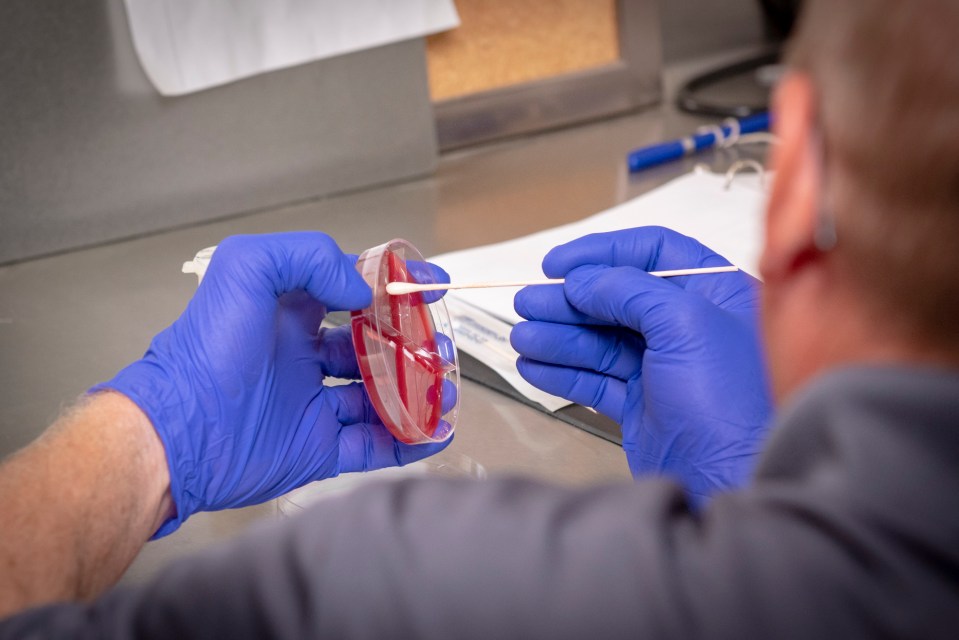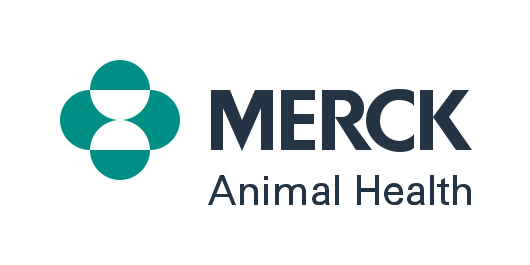Determine whether an on-farm culturing lab is right for your operation
By Dr. Tiago Tomazi
When you encounter a tough case of mastitis, you not only face the challenge of getting the infected mammary gland back to normal but also reducing the financial impact as much as possible. Mastitis is associated with the most frequent antibiotic use in dairy cows, with direct (e.g., diagnostics, treatment, discarded milk, labor, and veterinary services) and indirect costs (e.g., future milk production loss, premature culling, and reproductive losses) exceeding $440 per case.1 While antibiotics are commonly used to treat clinical mastitis, they are not always necessary and, in some cases, are ineffective.
Clinical mastitis doesn’t always require treatment, and not all treatments are equally effective. Many factors influence the need for intervention, the likelihood of success and the dollars you’ll need to invest in managing the condition. Culturing milk samples can help you determine the best course of action in treating and managing mastitis by identifying the cause of infection.

Milk culturing
Milk culturing can be done in many places, including on-farm. While dairy producers wear many hats, you may not be interested in adding lab technician to your hat rack. Private commercial services and university labs provide this service. In addition, many local veterinary clinics are well-prepared to offer culturing as a service to clients. Keep in mind that when using culture to guide clinical mastitis treatment decisions, results should be available as quickly as possible, ideally within 24 hours of mastitis detection.
On-farm culturing can achieve that in most cases. However, if you are interested in setting up an on-farm culturing lab, the first step is working with your veterinarian to determine if your operation is a good fit for on-farm culture. If you’re on the fence, I’ve provided some essential questions I ask producers in helping to determine if implementing on-farm culturing and culture-based treatment is the right decision.
Key Questions/Impact
- Are farm employees capable of accurately identifying clinical cases in a timely manner and assigning severity scores? Detecting cows at the earliest signs of disease can improve cure rates. Furthermore, precise categorization of mastitis based on symptoms is crucial for determining the appropriate treatment strategy.
- Does your farm have employees capable of performing more skill-intensive techniques? An on-farm culturing program relies on motivated and skilled employees who are dedicated to learning microbiological procedures. Similarly, selective treatment programs require well-trained personnel to collect a clean and trustable sample, administer treatments according to culture results and maintain accurate records of treatment performed and outcomes.
- What is the bulk tank SCC of the farm? Selective treatment of clinical mastitis based on culture results is a management strategy suited for farms already maintaining high milk quality. Farms with elevated bulk tank SCC (i.e., >250,000 cells/mL) should first focus on reducing the prevalence of infected cows through preventive measures before implementing a more refined treatment approach.
- What is the farm prevalence of Gram-positive and non-bacterial pathogens as the cause of mastitis? A selective treatment program may not be cost-effective on farms where non-severe mastitis is predominantly caused by Gram-positive bacteria that require antibiotic treatment. Additionally, I recommend against implementing a selective treatment program based on culturing on farms where Streptococcus agalactiae is present, and where Staphylococcus aureus and non-bacterial pathogens (e.g., Prototheca) are not well-controlled.
- Is the farm able to determine whether antibiotic treatment is justified at the individual level? Before reaching for a treatment tube, review the animal’s history (e.g., recurrence of clinical mastitis, persistently high SCC, reproductive problems or challenges during the transition period). In some cases, treatment might be the best option even in mild to moderate cases of clinical mastitis, with cultures yielding no growth or gram-negative pathogens. Furthermore, segregation or culling may be more cost-effective than pursuing treatment depending on cow-specific factors.
- Can the quality and effectiveness of the program be assessed on a regular basis? Quality control audits should be conducted periodically to evaluate how employees are performing key components of the program, including mastitis identification, milk sampling and contamination frequency, microbiological procedures, cure rates by treatment, recurrence of mastitis, and more.
Milk culturing and treatment decisions
If culturing is available nearby and is a realistic choice based on the risk assessment, knowing culture results within 24 hours can inform treatment decisions. Research has shown that delaying the treatment of non-severe clinical mastitis for 24 hours does not negatively impact treatment outcomes.2 As mentioned previously, on-farm or veterinary labs typically are most accurate for broad category diagnosis. The type of media used to grow the sample can help identify bacterial groups to provide a treat or no-treat decision. Remember that not every type of mastitis-causing bacteria can be identified through this type of testing.
Outside services are often used to investigate the prevalence of mastitis-causing pathogens or the cause of specific cases and outbreaks that do not necessarily require immediate treatment (i.e., subclinical mastitis during lactation). At commercial or university labs, technicians and microbiologists can provide culture accuracy to the species level, including hard to diagnose pathogens such as Prothotheca spp. and Mycoplasma spp. Regular culturing of bulk tank milk, along with periodic culturing of fresh cows and those with high somatic cell counts (SCC), are key strategies in an effective mastitis control program.
It is important to keep in mind that not all cultured cases will return a definitive result. A “no-growth” result is common in non-severe cases of mastitis and typically (not always) means the immune system has already cleared the infection or a non-bacterial pathogen is at play at the time of milk sample collection.
Should your farm be a good fit to implement milk culturing for a quick-turn identification of pathogen type, here are some great resources to review:
Read
- PennState Extension: On-Farm Culture: The Smart Approach to Clinical Mastitis Treatment
- Negatively controlled, randomized clinical trial comparing different antimicrobial interventions for treatment of clinical mastitis caused by gram-positive pathogens
Watch
Get Started
References
- Rollin, E., Dhuyvetter, K.C., Overton, M.W. The cost of clinical mastitis in the first 30 days of lactation: An economic modeling tool. Preventative Veterinary Medicine. 2015;122(3): 257-264. https://doi.org/10.1016/j.prevetmed.2015.11.006
- Jong E de, Creytens L, Sarne De Vliegher, et al. Selective treatment of nonsevere clinical mastitis does not adversely affect cure, somatic cell count, milk yield, recurrence, or culling: A systematic review and meta-analysis. J. Dairy Sci. 2022;106(2):1267-1286. https://doi.org/10.3168/jds.2022-22271
Find more content for your dairy operation.
About the author

Tiago Tomazi, DVM, M.Sc., Ph.D.
Technical Services Veterinarian
Merck Animal Health
